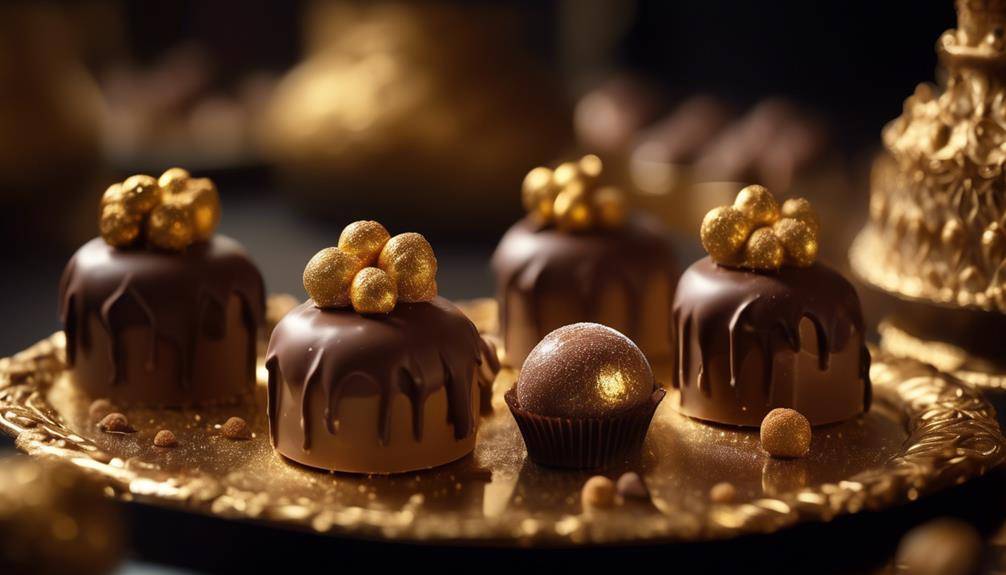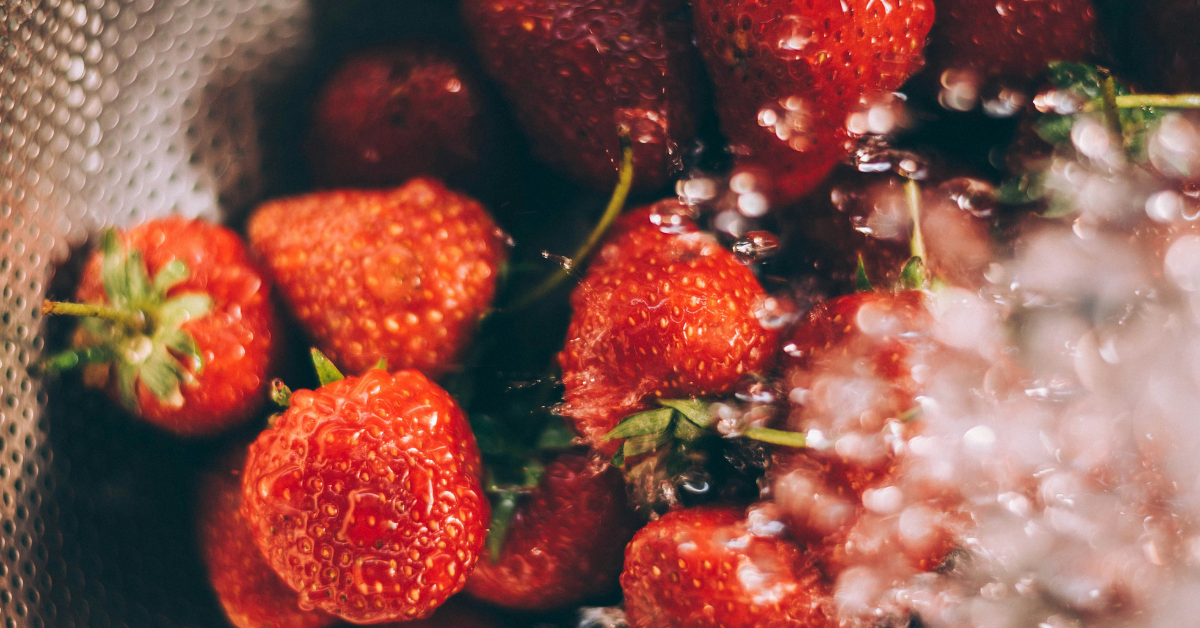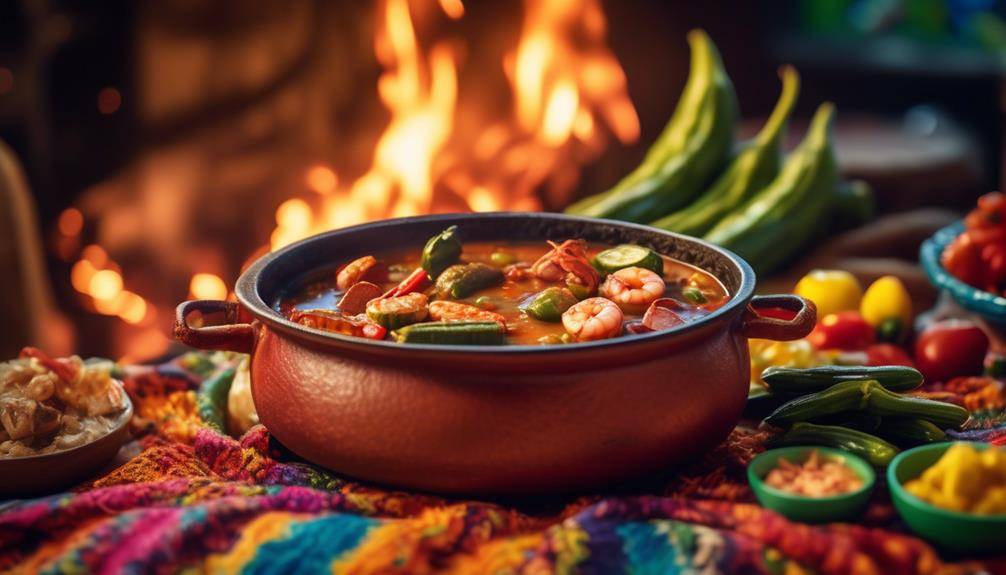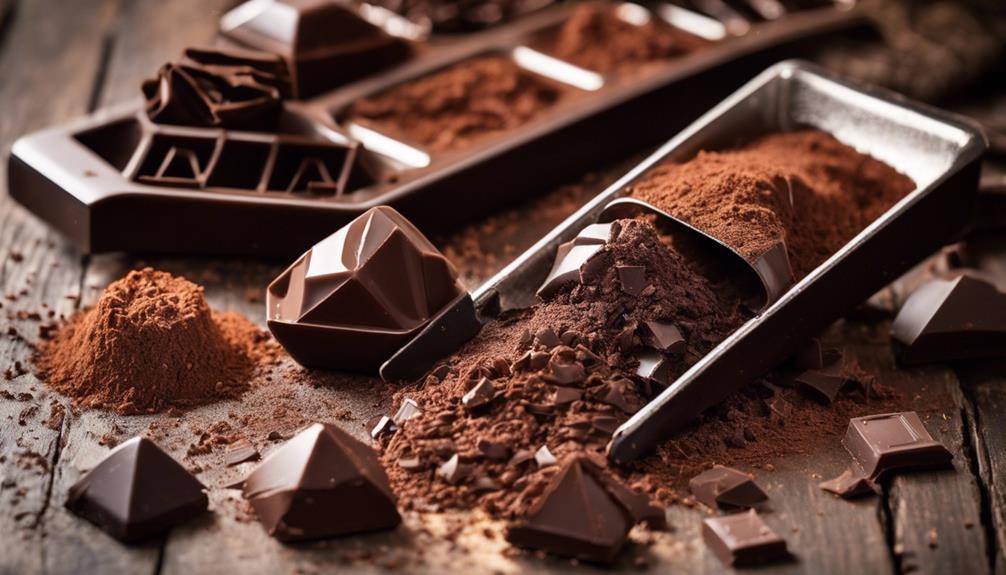Crème Brûlée: A Sweet Symphony of Elegance At Its Best
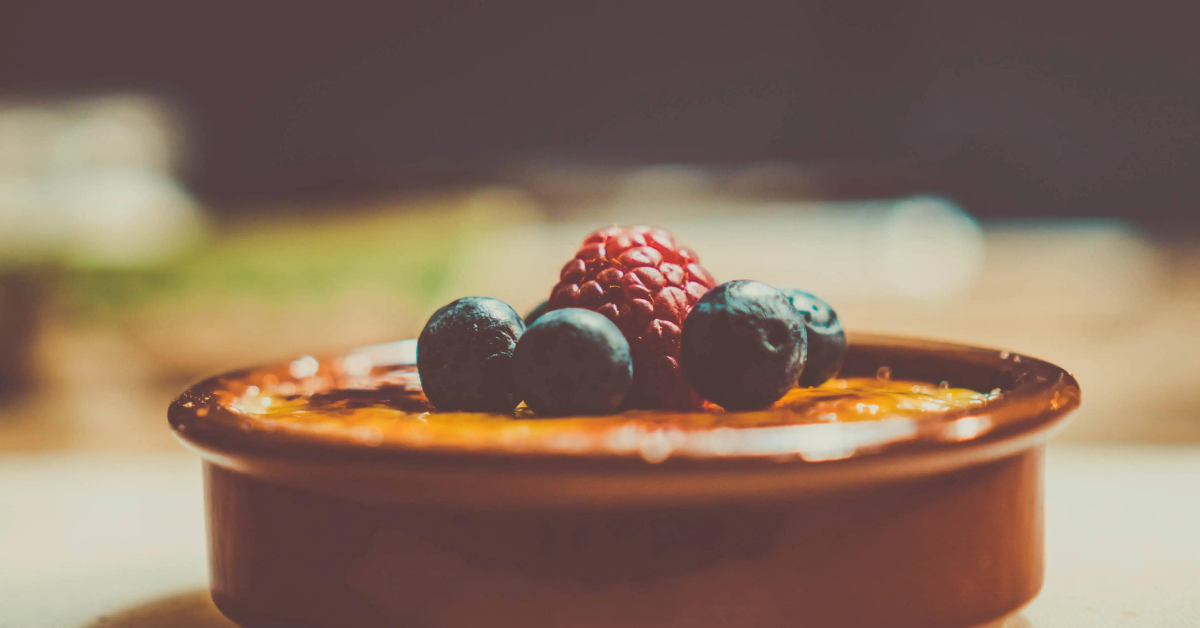
17th-Century French Culinary Chronicles: Crème Brûlée‘s journey begins amidst the opulent culinary landscape of 17th-century France. In this era, French cuisine underwent a revolution, with notable chefs like François Massialot shaping its course. Massialot, a prominent chef of the time, left an indelible mark by including a rudimentary recipe resembling Crème Brûlée in his seminal work, “Le Cuisinier Royal et Bourgeois” (The Royal and Bourgeois Chef). This early rendition laid the groundwork for what would evolve into the exquisite dessert we know today.
Revival and Recognition in the 19th Century:
The 19th century witnessed a culinary renaissance that propelled Crème Brûlée into the spotlight. Paris, a burgeoning epicenter of gastronomy, became a breeding ground for culinary innovation. French chefs, renowned for their artistry, embraced and refined the recipe, elevating Crème Brûlée to a position of culinary prestige. The dessert’s popularity soared in high-society circles, establishing it as a symbol of elegance and indulgence.
The Culinary Tapestry Unfolds:
Crème Brûlée’s ascent paralleled the unfolding tapestry of French culinary excellence. Its inclusion in prestigious cookbooks and the repertoire of esteemed chefs reflected the dessert’s assimilation into the rich fabric of French gastronomy. The art of infusing cream with vanilla and achieving the perfect custard texture became an essential skill, passed down through generations of culinary artisans.
Cultural Symbolism:
Beyond its culinary significance, Crème Brûlée came to symbolize the sophistication and refinement associated with French culture. Its introduction to international audiences in the 19th century marked the global recognition of French culinary prowess.
A Timeless Classic:
Today, Crème Brûlée remains a testament to the enduring legacy of French culinary heritage. Its roots in the aristocratic kitchens of centuries past have paved the way for this velvety dessert to grace tables worldwide, embodying the essence of French sophistication and culinary artistry.
Evolution of the Name
The term “Crème Brûlée” itself carries a poetic essence. Translating to “burnt cream” in French, it perfectly encapsulates the dessert’s defining feature – a delicate layer of caramelized sugar on top. This divine contrast between the crispy caramelized crust and the silky custard beneath became the hallmark of Crème Brûlée.
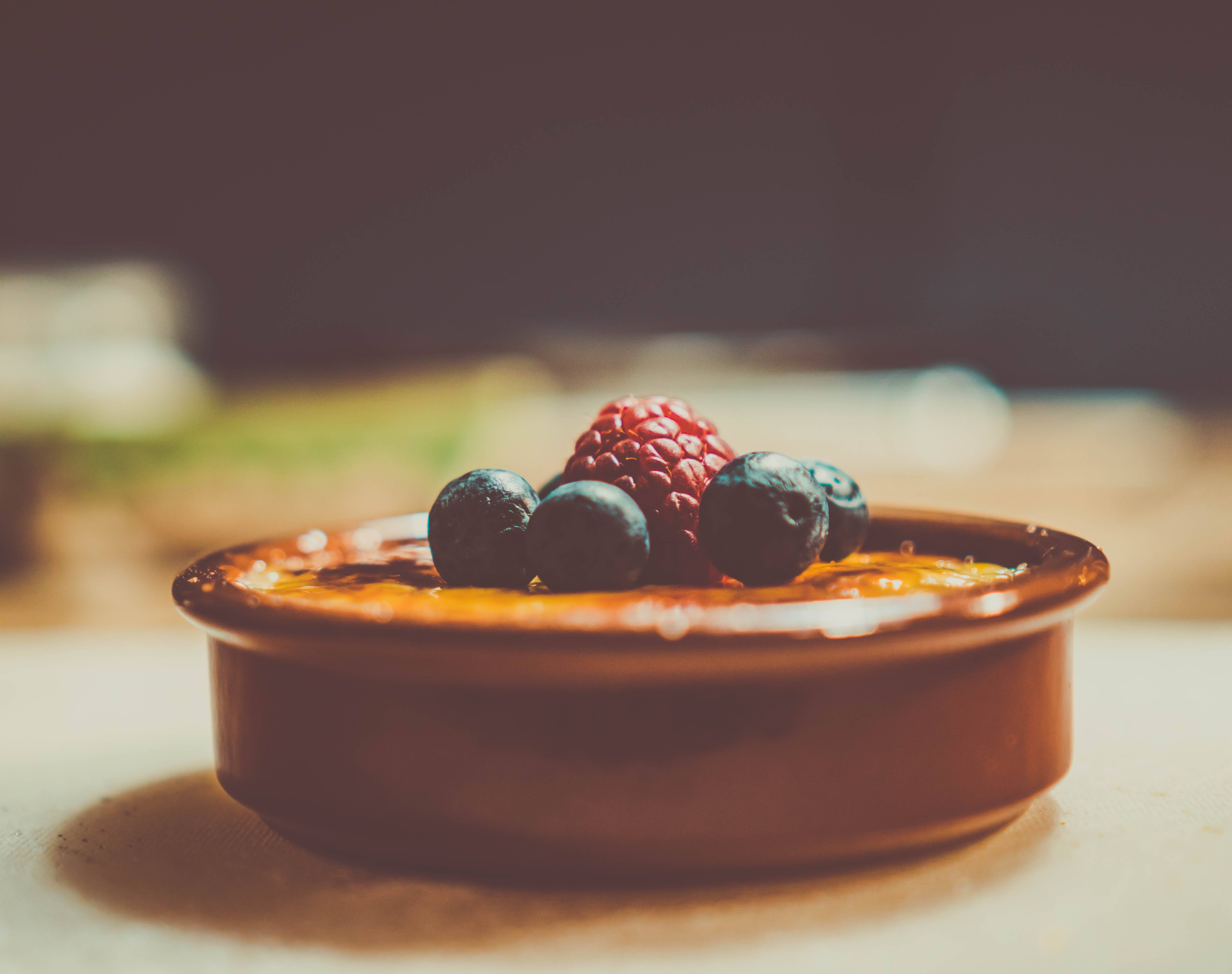
Crème Brûlée
Ingredients
- 2 cups heavy cream
- 1 vanilla bean split lengthwise (or 1 teaspoon vanilla extract)
- 5 large egg yolks
- 1/2 cup granulated sugar plus extra for caramelizing
- Pinch of salt
Instructions
- Preheat the Oven: Preheat your oven to 325°F (160°C). Place ramekins or custard cups in a baking pan.
- Prepare the Vanilla Cream:
- In a saucepan, heat the heavy cream and vanilla bean over medium heat until it simmers. If using vanilla extract, add it after removing the mixture from heat.
- Allow the mixture to steep for about 15-20 minutes to infuse the vanilla flavor.
- Whisk Egg Yolks:
- In a mixing bowl, whisk together the egg yolks, sugar, and a pinch of salt until well combined and slightly thickened.
- Combine and Strain:
- Gradually pour the warm cream into the egg mixture while continuously whisking.
- Strain the mixture through a fine-mesh sieve to ensure a smooth custard.
- Fill Ramekins:
- Divide the custard mixture among the ramekins in the baking pan.
- Bake in Water Bath:
- Pour hot water into the baking pan, creating a water bath around the ramekins.
- Bake in the preheated oven for 40-45 minutes or until the custard is set around the edges but slightly jiggly in the center.
- Chill:
- Remove the ramekins from the water bath and let them cool. Refrigerate for at least 4 hours or overnight.
- Caramelization:
- Prior to serving, sprinkle a thin, even layer of granulated sugar on top of each custard.
- Caramelize the sugar using a kitchen torch until it forms a golden-brown crust.
- Serve and Enjoy:
- Allow the caramelized sugar to cool and harden before serving.
- Garnish with fresh berries or mint if desired and enjoy your homemade Crème Brûlée!
Global Acclaim and Modern Variations
In the late 20th and early 21st centuries, Crème Brûlée transcended its French origins to become a global sensation. Renowned for its luxurious texture and exquisite flavor, this dessert found its way onto the menus of fine dining establishments worldwide. Chefs and home cooks alike embraced its versatility, experimenting with various flavor infusions, from classic vanilla to innovative twists like lavender or citrus.
Crafting Crème Brûlée: A Delicate Art
The preparation of Crème Brûlée involves infusing cream with vanilla, gently baking it into a smooth custard, and finally, adding a layer of sugar that’s meticulously caramelized to perfection with a kitchen torch. The result is a dessert that marries simplicity with sophistication.
Conclusion: Crème Brûlée
In concluding our exploration of the rich history and origin of Crème Brûlée, it becomes evident that this iconic French dessert is more than a culinary delight; it’s a cultural treasure. Originating from the lavish kitchens of 17th-century France, Crème Brûlée has evolved into a symbol of elegance and sophistication.
As we traced its journey through the annals of French culinary heritage, we discovered how the dessert’s humble beginnings in cookbooks like François Massialot’s “Le Cuisinier Royal et Bourgeois” blossomed into a refined masterpiece. The 19th century saw its revival and recognition, placing Crème Brûlée on the menus of elite Parisian establishments and elevating it to a status befitting its velvety texture and sublime flavor.
Beyond its delectable taste, Crème Brûlée embodies the essence of French culture and culinary artistry. Its symbolism as a timeless classic has transcended borders, enchanting connoisseurs worldwide. From the aristocratic salons of centuries past to contemporary dining tables, Crème Brûlée continues to enchant with its creamy custard and the crackling allure of caramelized sugar.
As we savor each spoonful of this decadent dessert, we are not just indulging in a culinary masterpiece but partaking in a legacy that has endured for centuries. Crème Brûlée’s journey from the royal courts to our modern celebrations underscores its enduring appeal and its place as a dessert that transcends time.
May every serving of Crème Brûlée be a homage to the culinary artisans who crafted its legacy and a celebration of the timeless joy it brings to those fortunate enough to experience its exquisite taste.




